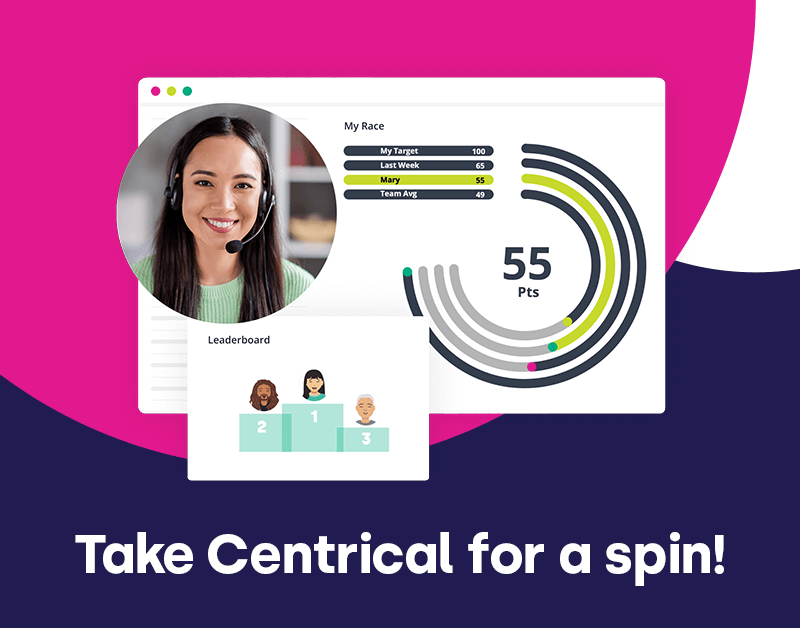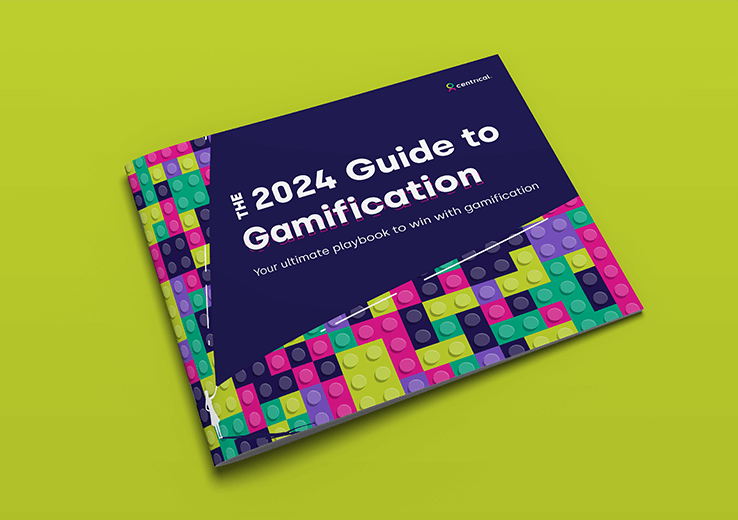Improving Employee Knowledge Growth Through the Gamification of Learning
One of the key challenges facing L&D professionals is how to drive and maintain employee engagement with learning. For most employees learning is not naturally prioritized as they consider it outside the scope of their work and not intuitively rewarding. So how can we still get employees to participate and commit mental resources for on the job learning? One of the best tools in the L&D arsenal to help with this is gamification of learning. Gamification in this context means employing mechanisms from the world of gaming to make learning more intrinsically rewarding, entertaining and relevant. Here’s how it’s done.
Goals and progression
No video game is complete without an overarching plot. Whatever your hero is fighting monsters or running from one level to another, it is always part of some greater cause – rescue the princess or escape the jungle in these examples. This cause or plotline is the game’s narrative. The value in narratives is twofold; first, providing an endgame with clear targets and sense of progression, second driving players curiosity and desire to actively explore the game environment to see if they can advance the game. Placing our learning activities within a narrative will achieve the same goal – drive learners desire to actively explore the content and complete it as it will advance the plot.
On a side note, don’t wreck your brains trying to figure out which narrative is best suited to your training. With most successful game titles, the story has very little to do with what the player is actually required to do. Take Angry Birds for example – Figuring out angles, velocities and structural strengths have little to do with grinning pigs stealing eggs from emotionally unstable pigeons.
Recognition
In games, we get instant feedback. Hit the right combination of keys and your avatar will go into an explosive combo attack. Complete a campaign and you’ll be rewarded with bonus points allowing you to purchase a magical shield from a virtual store. These same mechanics can be used in corporate learning to add the missing element of reward into training activities. Getting points and instant recognition drives learners to try to do their best to focus on their tasks. Knowing that this will also help you win challenges or advance the game plot also gets learners’ motivational juices flowing.
Challenge
Challenges are how video games pull us in and drive us to participate. In most learning engagements, the main challenge a learner faces is trying to stay awake. In games, however, we have boss fights, bonus levels and surprise elements along with push notifications and calls to action. These drive us to stay alert and keep coming back to play another level. Challenges can help us pull learners back to their training materials and get them constantly engaged. Think about prize carrying pop-up quiz challenges or competitions between learners. If used right adding these elements can drive employees into daily engagement with learning and long term knowledge growth and retention.
Social Relatedness
For many of us, games are a means of connecting with other people and creating a sense of community. Successful gameplay comes with social status and the feeling of being a contributing member of the team. MVPs are highly coveted in next season’s drafts and leading players in social games such as Minecraft or Call of Duty are glorified in gamer social feeds and YouTube channels. To achieve the same in learning we need to infuse our learning environment with social elements such as feeds and collaborative activities, allowing our learners/players to share information, give each other hints and recommend courses of action to one another. This will both cater to our learner’s desire for social status and help us create a culture of learning.
Next Steps
When used correctly, game elements can have a major impact on corporate learning, making it more engaging, memorable and relevant. In this article, we’ve laid out some of the tools used for gamification of learning and how they can be used. To find out more check out this webinar about four gamification elements that result in positive learning outcomes. Alternatively, for a broader view of how gamification can be used to drive business results, check out this article.
Want to know if gamification of learning can be right for your organization? Click here to set a free consultative meeting with one of our experts.
Engage and motivate your frontline teams
Improve performance with an AI-powered digital coach
Deliver world class CX with dynamic, actionable quality evaluations
Boost performance with personalized, actionable goals
Nurture employee success with the power of AI
Listen and respond to your frontline, continuously
Drive productivity with performance-driven learning that sticks
Drive agent efficiency, deliver client results
Keep tech teams motivated and proficient on products and services while exceeding targets
Maintain compliance while building customer happiness and loyalty
Enlighten energy teams to boost engagement
Engage, develop, and retain your agents while driving better CX
Improve the employee experience for your reservations and service desk agents



 Madeleine Freind
Madeleine Freind
 Natalie Roth
Natalie Roth Linat Mart
Linat Mart












 Doron Neumann
Doron Neumann Gal Rimon
Gal Rimon Daphne Saragosti
Daphne Saragosti Ella Davidson
Ella Davidson Ariel Herman
Ariel Herman Ronen Botzer
Ronen Botzer